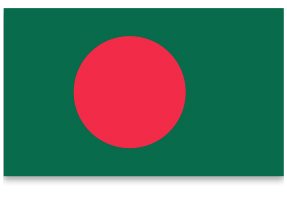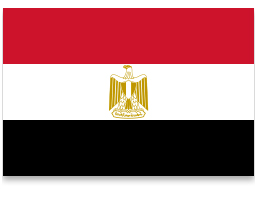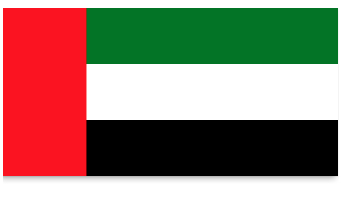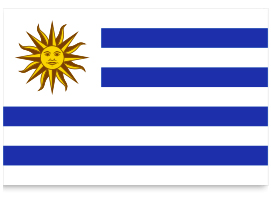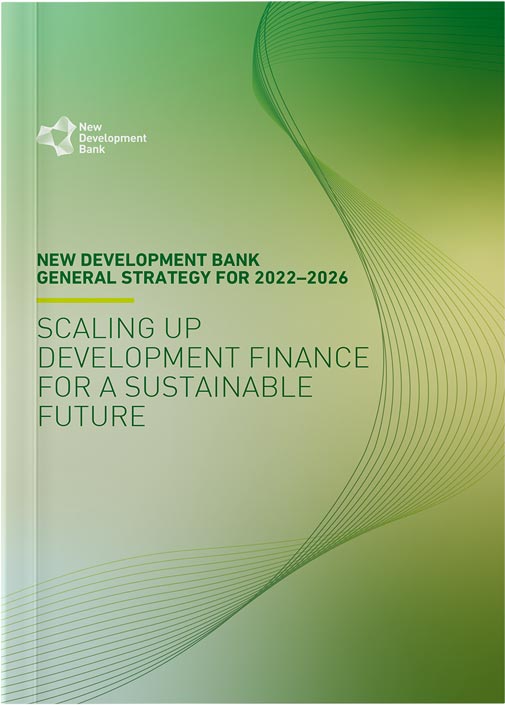NDB aims at maximising the
development impact of all the
operations it supports.
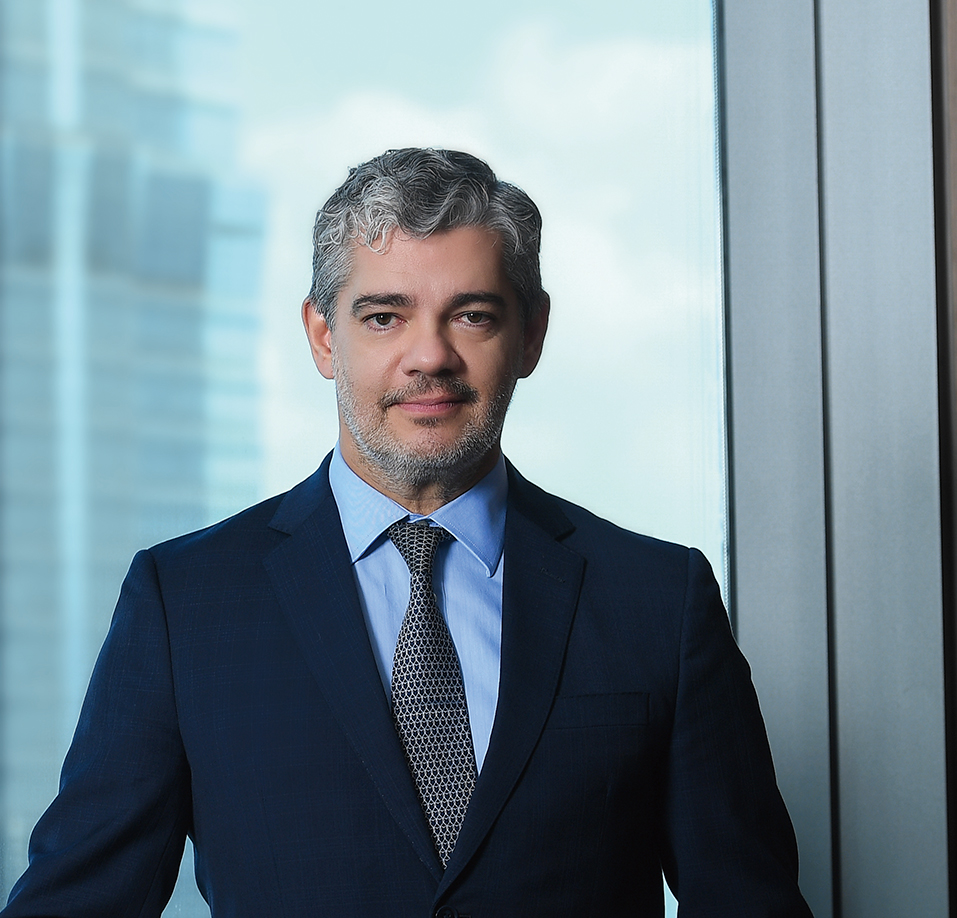
APPROVED PROJECTS IN 2021
PROJECTS IN THE PORTFOLIO AT THE END OF 2021
AMOUNT OF APPROVALS IN 2021
AMOUNT OF APPROVALS FOR PROJECTS IN THE PORTFOLIO AT THE END OF 2021













NDB was created to be a global Multilateral Development Bank (MDB) with membership open to all members of the United Nations. After an initial establishment phase focused on building solid foundations to operate at scale, the Bank made substantial progress in expanding its membership by admitting the first new members in 2021.
